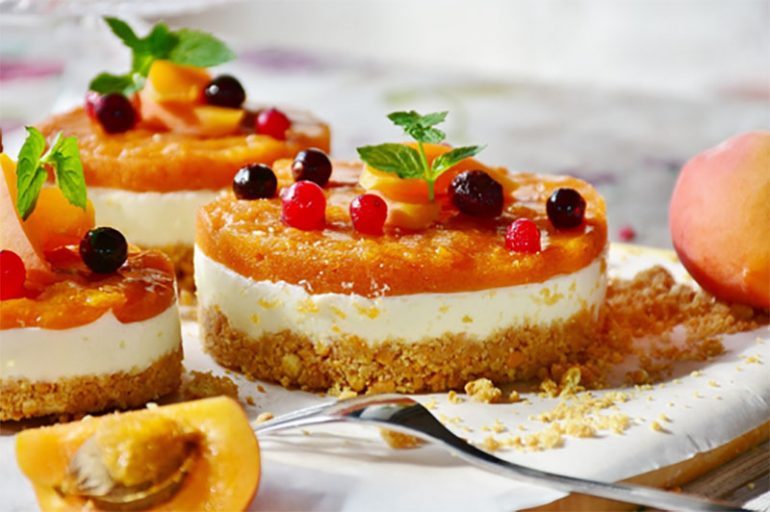A cake. A usually round sweet dessert that’s usually baked and coated with icing. We’re usually taught that playing with food is a bad thing and yet there are times when we should allow exceptions. And a good example of that is when it involves cakes.
Cake decorating is an art and it is as deep as the history of cake decorating itself. A cake has to look perfect, photogenic. It has to be pleasing to the eyes, tempting its intended audience to take a bite and savor the sweetness, the moistness and the fluffiness of the cake yet will make you regret ruining the perfection of its design. The workmanship a patisserie devotes to the decoration of the cake is a testament to his or her skills as a baker and as an artist of food. And sometimes a person is so skillful that he or she has the ability to hide the true sweet nature of the cake.
The Artist’s Materials
Decorating cakes involves many other materials beside the cake and icing, which dates back to the 17th century. Usually these materials are made of non-toxic plastics but that’s boring and cheating. Real cake decorations should be made from edible materials. One good example of such material is the fondant, a paste made of sugar with the consistency of plastic. There are two kinds of fondants: rolled fondants are like molding clay while poured fondant is like thick honey. They are used for decorations especially if the cake needs to have some decorations that are stiff enough to look like plastic yet edible. They are perfect for decorating and shaping unusually-shaped specialty cakes. For example: cakes that looks like other objects such as a guitar or a bowl of noodles. If it needs to have a little more taste then people swap fondant for marzipan, which is made from sugar (or honey) and ground almonds.
Gum paste is another material usually used in cake decorating. Just like the fondant and marzipan it is used as a cake decoration when something solid is needed. It can dry quickly but becomes brittle. If it needs to be something harder than fondant, marzipan, and gum paste then modeling chocolate can also be used. Made from chocolate and corn syrup, golden syrup, or glucose syrup, it can be used to form other shapes and structures that cannot be achieved using the softer materials. Then there’s royal icing and edible inks, both of which can be used to draw images or add some kind of writing on the cake.
Decorating The Cake
There are usually no rules when decorating cakes, just as there are usually no rules when it comes to painting or sculpture. The skill and the imagination of the patisserie are the only limits to what can be possibly made. It can be traditionally round cakes covered with fondant or marzipan in pastel colors, like wedding cakes that looks like pillars and fountains or specialty cakes made to looks like a woman’s shoe.
Usually. While going overboard is definitely encouraged, as in other fields of art, making the people want to eat the cake is important too. It is what are cakes for after all: a dessert, something edible that needs to be eaten. If no one eats the cake because it looks like someone’s severed head then that’s one cake wasted. The artist might say “it’s just cake,” but if it’s too real to tell even I can’t blame them if they don’t want to take a bite.
Photo Attribution:
Featured and 1st image by A quark tart apricot fruit cake, <a href=”https://pixabay.com/en/quark-tart-apricots-fruits-cake-2549453/”>via Pixabay</a>
2nd image by A birthday cake, <a href=”https://pixabay.com/en/birthday-party-celebration-cake-2526640/”>via Pixabay</a>

